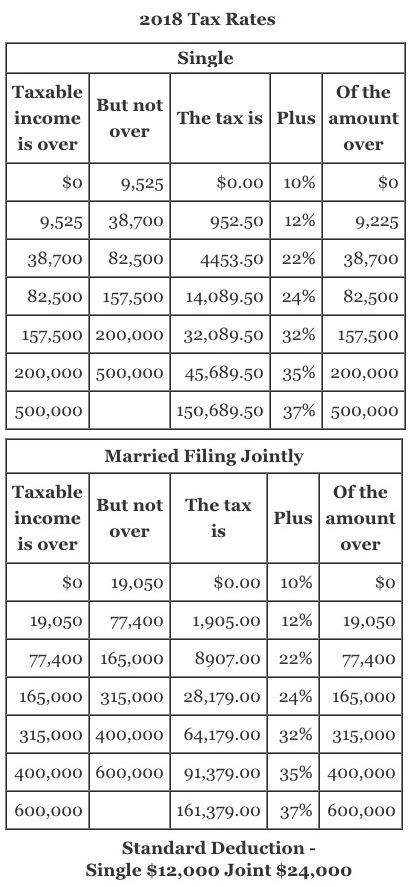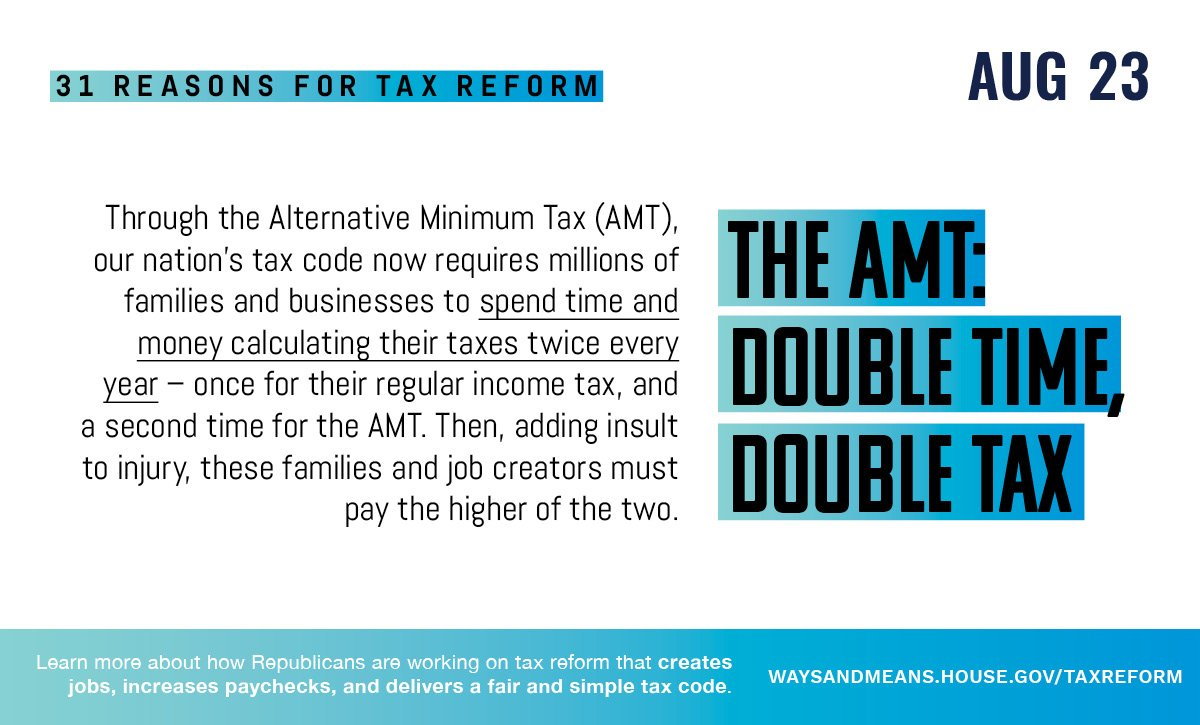I wrote a guest post over 5 years ago, How I made $4000+ on a Cash Back Credit Card Offer. And I have to say, time sure does fly. That article got quite a few comments, a number of which were pretty critical. People have a tough time understanding how I could just move cash to gift cards, and somehow only spend it in my normal budget to take advantage of such a deal. People are also skeptical of how my wife and I have used a 2% cash back card to fund our daughter’s college account which just passed $40,000 in value. My answer is that when you budget and stick to that budget, you can execute the transactions with cash, a credit card, or quatloos, and your spending should be exactly the same.
Over the last few years, there haven’t been too many deals that I couldn’t refuse. I took advantage of the Amazon credit card. No fee, and 5% back. As a Prime member, I find enough value in my membership to justify the $99/yr. My nearest supermarket or drug store is 5 miles away, and instead of a special trip to grab an item, the savings and free shipping that Prime offers is worth it. In addition, the prime video has a few shows that also provide value. These all add up to making the membership and the card, worthwhile.
I considered the Amex Blue card. The 6% cash back at supermarkets got my attention. The downside is the reward was capped at $6000 in purchases. $95 annual fee to capture a $360 reward. Except, I already get 2% back, so it’s really an extra 4% or $240 less the $95. A $145 gain per year. After that math, I passed.
Here’s what got my attention. After my daughter left for college, we began flying JetBlue, as they had a good fare for our trips. The offer they had was for 60,000 bonus point for signing up for their card and charging $1000 within the first 90 days. The card carries a $99/yr fee, billed early on, but those points are worth about $900. Other perks (such as waived baggage fees) aside, they offer a 5000 point (value – $75) bonus for each year you have the card. As long as I’m flying with them more than once a year, keeping the card will be worth it.
As with any card, it’s a matter of what your spending is with that company. If you are a weekly Target visitor, for example, their branded credit card might be a good deal for you. In the case of the JetBlue card, the perks in addition to the bonus points are worth more than those extra $25 in fees.
A warning is in order. Playing the reward game assumes a few things. First, you budget well and stick to it. The Amazon card comes after you realize you use this company often and the 5% back is money in your pocket. If the card will lure you into spending more, not just shift where your spending goes, I’d avoid the game altogether. You should also be very aware of your credit score. Some credit cards offer a look at your FICO score. You can also use online companies such as Credit Sesame or Credit Karma. It’s important if you have any large credit event on the horizon, such as a home or car purchase, as well as to be sure you are in good shape when applying for this new card. You should also be aware that getting a new card will result in a bit of a hit to your score. The inquiry on your report will cost a few points, and the new card will drop your total accounts’ average age which also is a few points.
For me, I’m not chasing every $100 bonus, I’ve set the bar far higher. Happy to grab a deal that’s worth $500+.
Are you playing the credit card reward game? Let me know what the last deal was that you took advantage of. Leave a comment!


 The other way is the ‘marketing’ way, giving bits and pieces of information that appeal more to one’s emotions than to their logic. The slide I show here? It’s what the House Ways and Means Committee published last week. It’s not just marketing, it’s a lie. And it’s not a reason to repeal AMT.
The other way is the ‘marketing’ way, giving bits and pieces of information that appeal more to one’s emotions than to their logic. The slide I show here? It’s what the House Ways and Means Committee published last week. It’s not just marketing, it’s a lie. And it’s not a reason to repeal AMT.